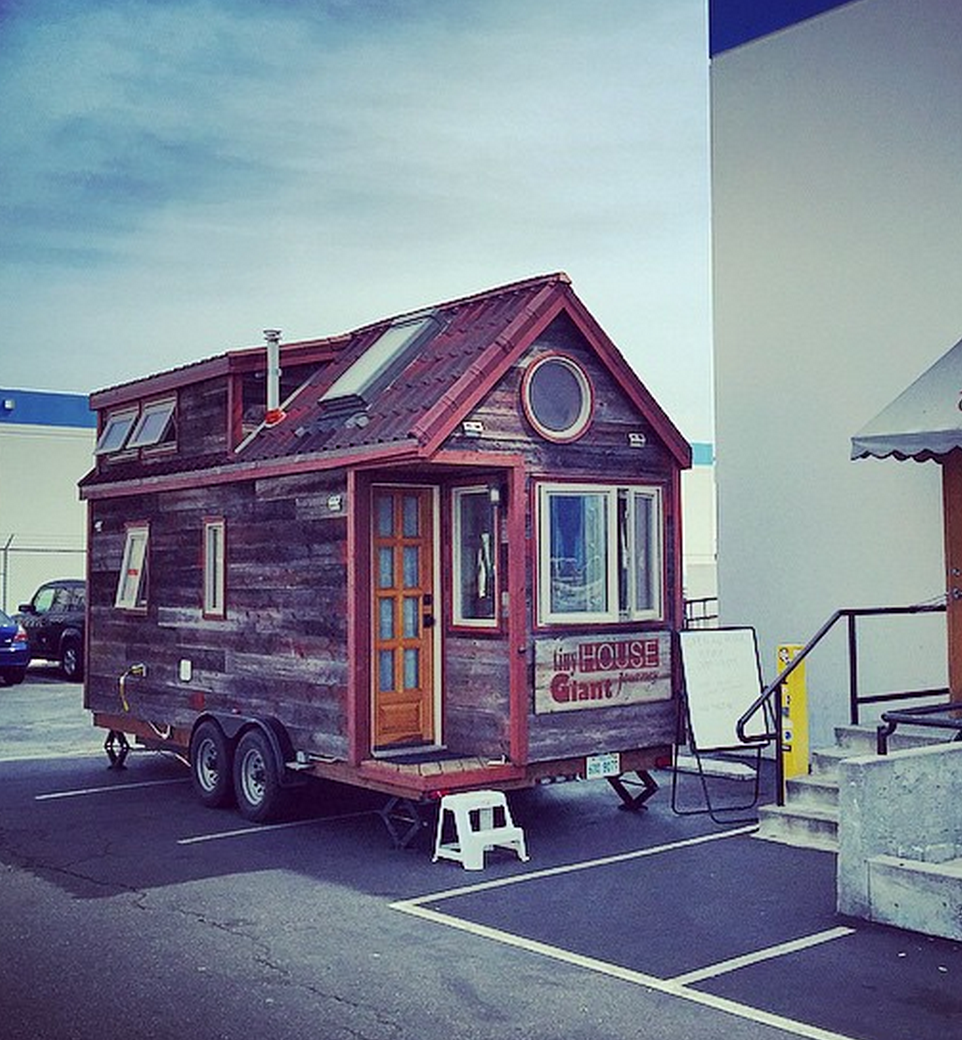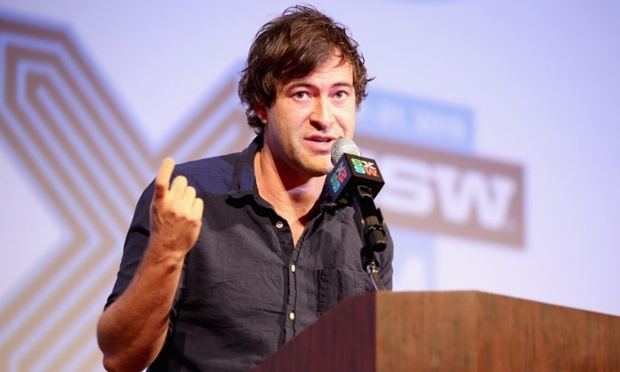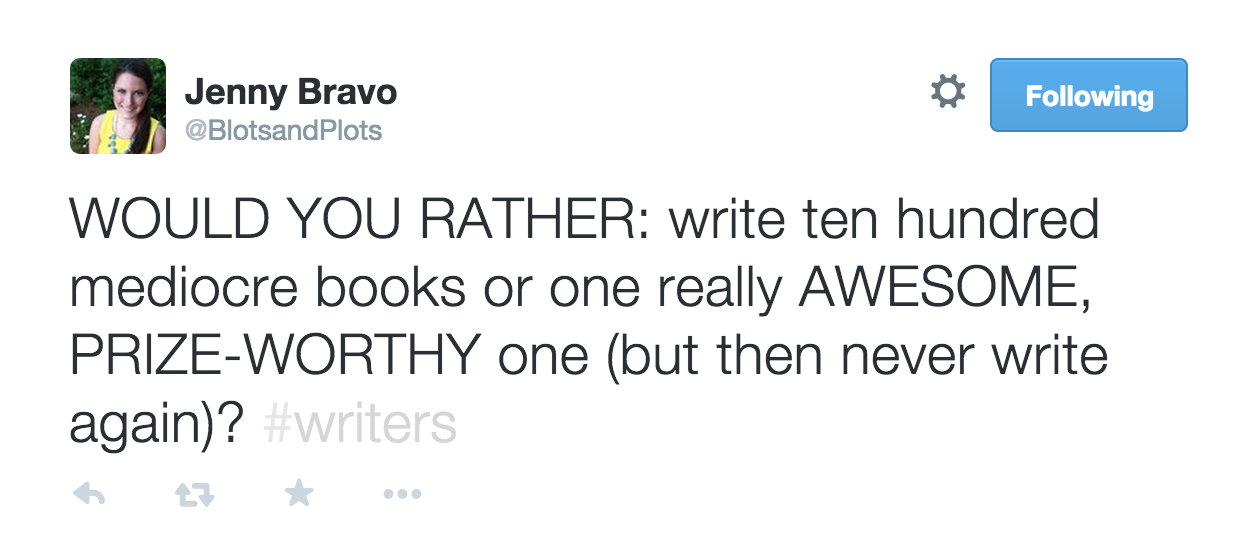College is expensive.
Most people know that but it bears repeating due to the constant horror stories about student loans, underemployment, parents getting their paychecks seized for parent plus loans and so forth.
I always knew college was going to be a huge financial burden for me. Mainly because I fell into the turmoil many middle-class families with college-bound kids experience. I was too poor for college but too rich for FAFSA. They paid for a fraction of what my college education cost.
Back track to spring of 2010 when I was 15 years old and a high school sophomore. While in web design class one day, my teacher presented the class with brochures about the early college start (ESC) program the high school had in partnership with Austin Community College.
The program let students who have completed sophomore year/declared a junior, take two college classes per semester free of charge. The student just had to pay for the class textbooks and any necessary supplies.
FREE college classes? Heck yes.
I signed up for the info session, took the ASSET test, and signed up for two college classes to begin at the start of the summer after completing sophomore year. Determined to save as much as possible, I keep signing up semester after semester. By the time I graduated high school, I had accumulated 44 college credit hours and had completed most of my basic required courses.
Since graduating with my bachelor’s degree in December 2014, I’ve been wondering how much I saved by doing so many free college classes while in high school.
If I had gone to community college for 1.5 years after high school:
I say 1.5 years instead of the usual 2 years because I completed 44 ECS hours rather than the 60 that would be common with doing 2 years full time.
Cost for one credit hour course with ACC was about $83 in 2012 (when I graduated high school). Considering the cost, this is how much I saved:
- $83 x 44 credit hours=$3,642
- $30 for three semesters of parking permit
So I saved $3,672 dollars in tuition by taking 44 credit hours while in high school rather than waiting to take them at community college after I graduated high school. The amount does not include textbooks and any class supply fees as I still had to pay those even when I was in early college start.
If I had gone to a university state college for 1.5 years after high school:
After I graduated from high school with the early college start credits, I enrolled at Texas State University. I went to a university straight out of high school because as I had mentioned before, most of my basic requirement classes (classes you usually take at CC) were already completed and to stay on track to graduate, I needed to go to university right away to begin taking upper level courses that went towards my major.
Cost for one credit hour with Texas State University was about $300 in 2012. Considering the cost, this is how much I saved by taking the ECS classes instead of spending the additional 1.5 years at university:
- $300 x 44 credit hours=$13,200
Room & Board costs:
- Dorm room: $7,200 for three semesters in a traditional dorm room at Texas State
- Meal Plan: $3,600 for three semesters of the 250 meals per semester meal plan at Texas State.
- Cost of required green resident parking permit: $285–$105 of commuter permit I bought=$180
$24,180, that’s what I saved by taking 44 ECS credit hours in high school versus not doing ECS and spending the extra 1.5 years at university.
Wow. The community college number is a good chunk of change but the university one is a BIG chunk of change I saved. It makes me think about all of the high school students who, despite knowing how crazy expensive college is, still decide to go straight to university after high school instead of doing two years at a community college.
If students stayed at home and did community college, instead of heading off to university, they could save a lot of money. So why aren’t more students doing this?
There’s a stigma.
Community college is seen as something less than ideal and not able to provide “the full college experience”. I experienced backlash myself for deciding to do early college start. While in high school, so many of my fellow students (and even some teachers!) would say that I should how I should just focus on full time on getting a “well rounded” high school experience to look good on college applications and get into university.
Students would turn up their nose and say that I was studying too much and “not enjoying my teen years” while in high school (never mind the fact that I was president of my theatre troupe, part of student council, several clubs, and held a part-time job in addition to my seven high school classes and two college classes).
Most of all, their was a badge of honor people got to wear when they told people they had gotten accepted and were going to attend a university. There was excitement and celebration when finding out you got into university. The students that chose the community college route were often dismissed with a simple “Oh, that’s good”.
I didn’t mind.
I graduated college in December 2014, with a bachelor’s degree in Public Relations-Mass Communication, having completed my degree in just 2.5 years at the age of 20 years old.
I still have a good amount of student loans to pay off but not as much as what I hear a lot of other people have. I’m glad of my choices.
What did you do to manage student debt while in college? How much did you graduate with and how are you managing it? Let me know!




































